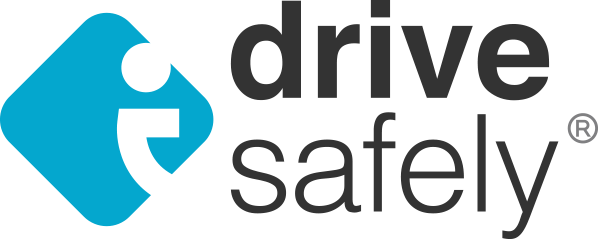First Car Buying Tips For Teen Drivers
Getting the Best Deal on Your New Car
So: You’re mid-way through your driver education course, and you’re about to get your license. Time to move on to phase two: Finding a car to drive. If you’ve never driven before, your experience with cars is probably pretty minimal. It’s okay. That’s why we’re here. We’ve compiled a series of tips to get you started, provide you with a basic knowledge of cars (and car-buying), and how to avoid some common pitfalls.
Step 1: Research
Whether you are completely green or you already have a good idea of what you want to get, it’s never a bad idea to poke around and compare a few things. Particularly with a car – it’s likely the most expensive thing you’ve ever shopped for, right?
Ask yourself: how will you be using this car? As just a “point A to point B” kind of vehicle? You want something reliable. Do you see yourself hauling things frequently? A pickup truck might be for you. Do you want this car to be a reflection of your personality? It’s ok, you can admit it (to yourself).
Find out what kind of a car you want. Let’s say you are looking at 4-door sedan in a cool color. Those are your parameters.
Step 2: Budget
Here’s where you have to figure out some details. New car, or used? If it’s your first car, you probably want to go with a used car. Do you have money saved up, or will you be financing? Are mom and dad helping pay for the car? If so, you may have to listen to their input. SPOILER ALERT: The only things they are concerned about are safety and price – and they are smart.
Once you set your budget, stick to it. There’s nothing worse than overextending yourself on a car that looks great, but sits forlorn in your driveway because you can’t afford gas!
Step 3: Compare
Now that you know a little about what you’re looking for, you want to find a car that fits the bill from 3-5 different manufacturers (if possible). Make a list of all the technical details, and compare them. This is how you fine-tune your criteria.
At this point, you will hopefully have earned your license (if not, might we suggest I Drive Safely?). Once you’ve made your list, spend a day taking them for test drives. Notice how each one drives, as well as any features you may have missed. Take brochures home with you.
Step 4: Find the Right Deal
Once you have all the attributes nailed down, shop around until you find the best deal. Tell dealers what you want, and ask them to email you if and when the right deal comes your way. If you don’t know much about cars, try to bring a car-savvy friend or parent to the dealership with you. It’s harder to be taken advantage of if the salesman can’t confuse you.
The Magnuson-Moss Warranty Act is an important piece of legislation to know. It’s the official name of the Federal “Lemon Law” that was enacted in 1975. The specifics can vary from state to state, but the Lemon Law basically explains that car consumers can be compensated for vehicles that fail to meet the standards of quality and performance. Basically, if you buy a used car and it breaks down immediately, you can be compensated. The Better Business Bureau offers a handy list of each state’s Lemon Law specifics.
Step 5: Drive within Your Means
Congrats. You have your car, and you have your license. Now here comes the hard part: Be careful. Statistically speaking, new drivers [READ: inexperienced drivers] are way more likely to get into accidents. In fact, that’s why most states have graduated driver license programs – to limit your driving for the first 6 months to a year. Once you’ve got a couple years of experience under your belt, you’ll be a much safer driver. And once that happens, maybe it’s time to start thinking about that convertible…










